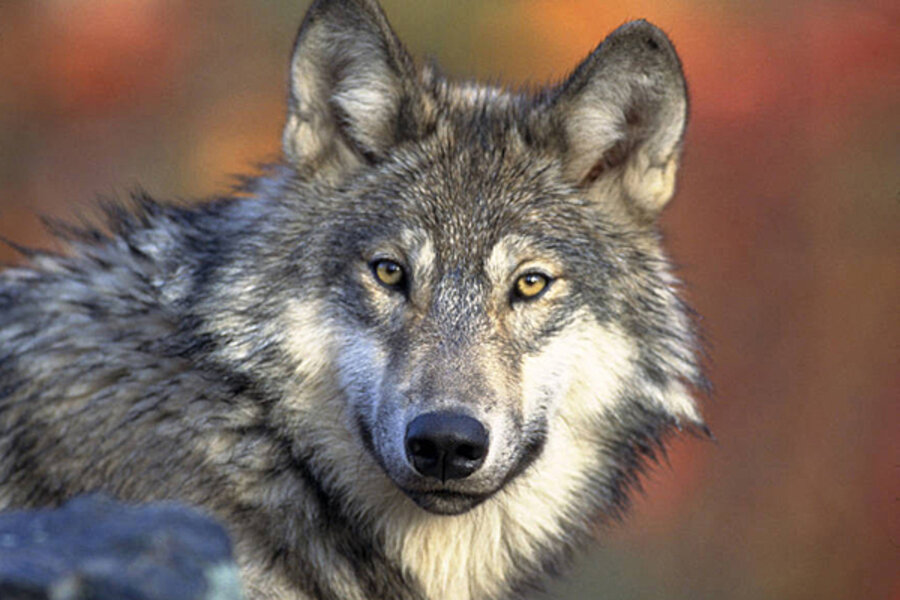California gray wolf protections mulled amid hunts elsewhere
Loading...
| FRESNO, Calif.
While much of the country has relaxed rules on killing gray wolves, California will consider protecting the species after a lone wolf from Oregon raised hopes the animals would repopulate their historic habitat in the Golden State.
The California Fish and Game Commission on Wednesday postponed for three months a decision on whether to list thegray wolf as endangered. Commissioners heard impassioned arguments from environmentalists who want the wolves to again to roam the state and from cattle ranchers who fear for their herds.
"I think we made them blink," said Amaroq Weiss of the Center for Biological Diversity, which leads the push for protection. "I think they heard our arguments."
State wildlife officials say they don't support the listing because wolf packs haven't roamed in California for nearly a century and there's no scientific basis to consider them endangered.
Recent interest in protecting the species started in 2011, when one wolf from Oregon — called OR-7 — was tracked crossing into California. The endangered listing has been under review for the last year.
Nationwide, bounty hunting and poisoning drove wolves to widespread extermination in the early 1900s. They have rebounded in recent decades, and federal protections have been lifted in the last several years in the Northern Rockies and western Great Lakes.
But with the resurgence have come more livestock killings and declines in some big-game herds that wolves prey on. States have responded by adopting increasingly aggressive hunting programs designed to bring down the predator's numbers, but so far that has not resulted in significant declines.
The Northern Rockies population has been pushing west into Oregon and Washington and now numbers almost 1,700 animals, down slightly from its peak in 2011 when protections were lifted in parts of five states.
A pending proposal from federal wildlife officials would remove protections for gray wolves across most of the remaining Lower 48 states, including California. A peer review panel recently faulted the government plan for relying on unproven research about wolf genetics.
The desert Southwest has a small group of Mexican gray wolves that would keep federal protections under the proposal. Those wolves in parts of Arizona and New Mexico have struggled to survive despite an intensive reintroduction program.
In California, the Fish and Game Commission members decided to delay a decision on wolf protections so they can hear more public comment.
Wildlife officials oppose the listing because wolves have been absent from California, so researchers have no way of measuring threats or the viability of the animal in the state, said Eric Loft, chief of wildlife programs for the Department of Fish and Wildlife.
Yet, the animal is iconic of the western landscape and California could easily become the home to functioning wolf packs within a decade, said Chuck Bonham, director of the wildlife agency.
He said he supports wolf conservation efforts but not listing it as endangered.
"You may hear we actually hate wolves," he said, maintaining that wasn't true. "We're committed to the long-term prospect of the wolf."
The commission on Wednesday heard from more than 60 people, most of them in support of wolves but others in opposition.
Kirk Wilbur of the California Cattlemen's Association, which is fighting wolf protections, said the state's endangered species act is designed to help species at risk of going extinct.
"The species is not at risk of disappearing in the state of California," he said. "It is, rather, reappearing."
Mike Williams, a cattle rancher in Ventura County, said wolves cause high stress on cattle, increase illness and weight loss, and kill valuable livestock.
"Wolves are beautiful animals," he said. "But they're also vicious, brutal and efficient killing machines and a threat to people, livestock and pets."





